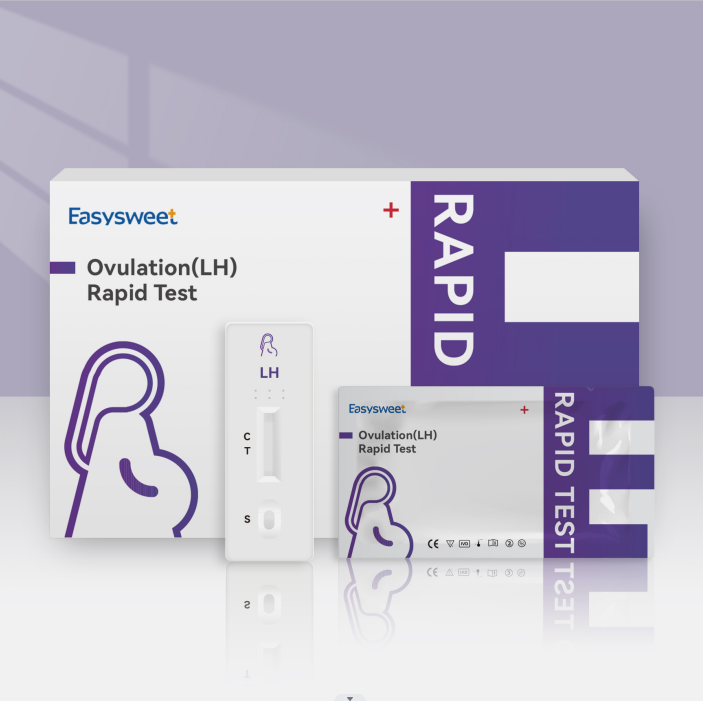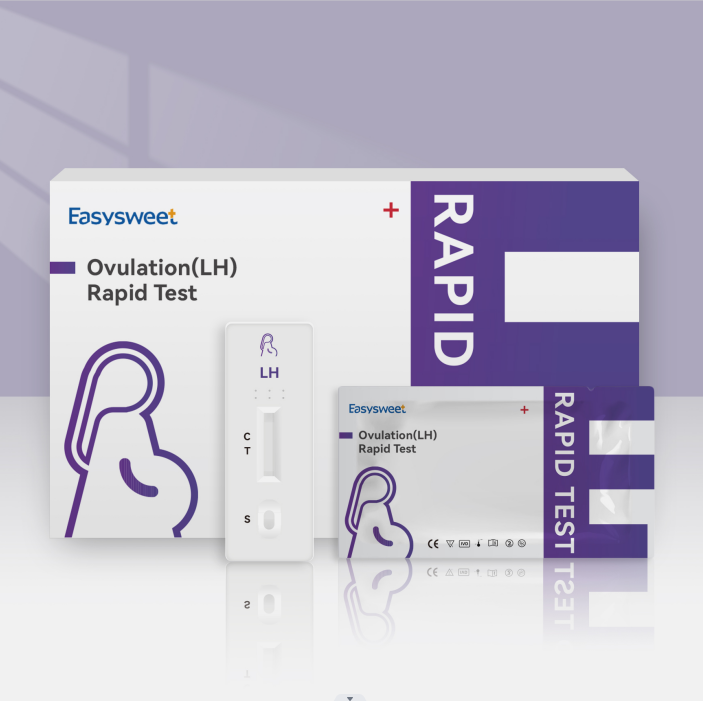Knowing how long ovulation lasts and when it usually occurs is helpful, whether you're trying to conceive or trying to avoid pregnancy. While ovulation itself only lasts 12 to 24 hours, you're most likely to get pregnant in the days before and after ovulation, which is about 6 days.

What is ovulation?
Ovulation is the stage in the menstrual cycle when a mature egg (also known as an ovum) is released from one of the ovaries into the fallopian tube. At this point, the mature eggs are ready to be fertilized. If the egg is fertilized by a sperm as it travels down the fallopian tube, the fertilized egg attaches to the lining of the uterus, marking the start of pregnancy. If the egg is not fertilized, menstruation occurs, which is when the endometrium (the lining of the uterus) is shed.
A person is most likely to conceive if they have sex a few days before or during ovulation, which usually occurs in the middle of the menstrual cycle, around day 14.
There are many signs that a person is ovulating, including increased libido, cramping, bloating, light spots, and breast tenderness. Another sign is the presence of "egg white" cervical mucus, or fertile cervical mucus, which appears as vaginal discharge. A slight increase in basal body temperature also indicates that ovulation has begun.
A key lab indicator of ovulation is a surge of luteinizing hormone (LH), which usually occurs just before ovulation. The LH surge triggers a chain of events within the primary follicle that leads to the release of the egg. LH levels can be checked with the over-the-counter Easysweet Ovulation test, and ovulation usually occurs 28 to 36 hours after the initial surge in LH levels.
When do you ovulate?
Ovulation usually occurs about halfway through the menstrual cycle. Assuming a 28-day cycle—the average cycle length—it typically takes about 14 days from the onset of menstruation until the egg matures and ovulates.
However, the exact time of ovulation varies from person to person, depending on cycle length and stress levels. "It's not so much about the release as it is about the maturation of the egg," says Kelly Acharya, MD, an assistant professor of obstetrics and gynecology at Duke University. For some people, the process of reaching ovulation can take more than 14 days. This process becomes somewhat shorter as we age.
How long does ovulation last after a positive Easysweet Ovulation test?
After the egg is released, it usually remains in the fallopian tube, where it is fertilized for 12 to 24 hours. Ovulation occurs only once a month during the menstrual cycle.
However, the period of conception is longer than the time the egg is in the fallopian tube. This is because sperm can survive for up to five days in the female reproductive tract.
It is estimated that, on average, there are about six days in the menstrual cycle when you can conceive. This window usually includes the five days before ovulation and the day of ovulation itself, although the timing of the window varies from person to person.
Some of the content of the article comes from the Internet, if there is infringement, please contact us.


